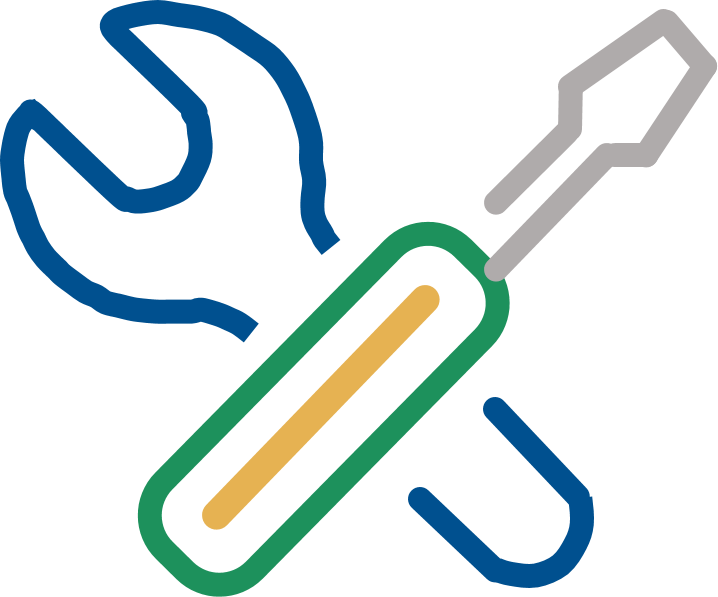
Related items loading ...
Section 1: Publication
Publication Type
Journal Article
Authorship
Cárdenas-Soracá, D. M., Salic, S., Warkentin, L., Chong, C., Ortiz-Suarez, P. A., Vakharia, R., Bragg, L., and Servos, M. R.
Title
Unraveling Matrix Effects: A Study on Drugs of Abuse in Wastewater Samples from Southern Ontario, Canada
Year
2025
Publication Outlet
ACS EST Water 2025, 5, 8, 4423–4434
DOI
ISBN
ISSN
Citation
Abstract
Wastewater composition presents significant analytical challenges in accurately quantifying drugs of abuse (DOAs) due to matrix effects (MEs), a common issue in liquid chromatography–tandem mass spectrometry (LC–MS/MS). This study presents an optimized workflow using solid-phase extraction (SPE) and LC–MS/MS to mitigate matrix effects while maintaining adequate detection limits for the target analytes. The optimized method uses Bond Elut Nexus weak cation exchange cartridges, achieving recoveries between 60 and 100%, and demonstrates superior matrix effect reduction compared to Bond Elut Plexa PCX and Oasis hydrophilic–lipophilic balance (HLB) cartridges. Matrix effect mitigation was further improved by diluting the extract with a selected concentration factor (CF) of 50. The method was validated, exhibiting a linearity of R2 ≥ 0.9912 and limits of detection ranging from 0.01 to 0.2 ng L–1. The method was applied to raw wastewater samples from seven municipalities in southern Ontario, Canada, to explore the influence of analyte hydrophobicity, chromatography separation, and population density on matrix effects. The results indicate no clear trends among population density, analyte hydrophobicity, and matrix effects. Additionally, the retention-time-matched correction using the nearest internal standard is ineffective for addressing matrix effects. This work contributes valuable insights to advancing standardized analytical methods applicable within wastewater-based surveillance (WBS) programs to estimate drug consumption worldwide.
AB - Wastewater composition presents significant analytical challenges in accurately quantifying drugs of abuse (DOAs) due to matrix effects (MEs), a common issue in liquid chromatography–tandem mass spectrometry (LC–MS/MS). This study presents an optimized workflow using solid-phase extraction (SPE) and LC–MS/MS to mitigate matrix effects while maintaining adequate detection limits for the target analytes. The optimized method uses Bond Elut Nexus weak cation exchange cartridges, achieving recoveries between 60 and 100%, and demonstrates superior matrix effect reduction compared to Bond Elut Plexa PCX and Oasis hydrophilic–lipophilic balance (HLB) cartridges. Matrix effect mitigation was further improved by diluting the extract with a selected concentration factor (CF) of 50. The method was validated, exhibiting a linearity of R2 ≥ 0.9912 and limits of detection ranging from 0.01 to 0.2 ng L–1. The method was applied to raw wastewater samples from seven municipalities in southern Ontario, Canada, to explore the influence of analyte hydrophobicity, chromatography separation, and population density on matrix effects. The results indicate no clear trends among population density, analyte hydrophobicity, and matrix effects. Additionally, the retention-time-matched correction using the nearest internal standard is ineffective for addressing matrix effects. This work contributes valuable insights to advancing standardized analytical methods applicable within wastewater-based surveillance (WBS) programs to estimate drug consumption worldwide.
Plain Language Summary

 GWFNet
GWFNet Master
Master Data
Data Research
Research Map
Map
 Advanced
Advanced Tools
Tools
 . . .
. . .
 Metadata Editor
Metadata Editor
 Record List
Record List
 Alias List Editor
Alias List Editor
 Legacy sites
Legacy sites